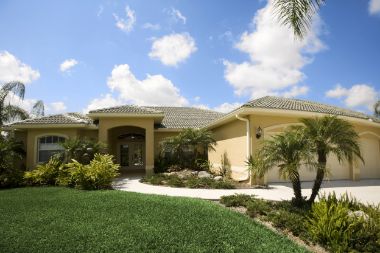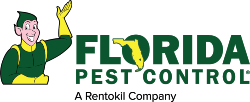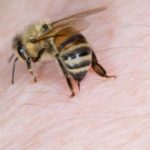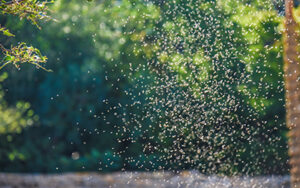
Winter’s gone and spring is on! As a matter of fact, spring began on March 20th at 6:45 P.M. EDT. Another sign of spring is the start of Daylight Savings Time, which may be a good thing or a bad thing depending on how you look at it.
You may be wondering, with such a mild winter, what unusual weather are we in store for this spring and summer? This is what the Farmers’ Almanac is predicting, “April and May will be hotter than normal, with below-normal rainfall in the north and above normal in the south. Watch for an early tropical storm in mid-May.” Well, we definitely can use the rain!
Speaking of rain, did you know the average rainfall in Florida for April is usually less than 3 inches? That’s not very much rain for your lawn and shrubs to “spring” into spring! You may have to supplement your landscape’s needs with a little irrigation. Your lawn should receive 3/4 inch of rainfall or irrigation every 10 – 14 days during the spring growing season. Shrubs aren’t usually as thirsty as your lawn, so you should water them as needed, taking care not to overwater. Problems such as root disease and leaf spot could result from overwatering.
Now is an excellent time to replace the mulch around your shrubs and other plants. The mulch will keep the soil from drying out quickly and aid in reducing weed growth. Be careful not to pile too much up around the trunk of your shrubs. You’ll want to keep a mulch-free zone about an inch away from the trunk. This will allow the base of the trunk to breathe much easier.
If your Azaleas have finished blooming, now is a good time to prune them. You don’t want to wait too long to prune them or you’ll cut off the bud formation tips for next year.
Also, with the warmer weather, your lawn will begin to grow more rapidly. Be sure to keep mower blades sharp and never cut off more than 1/3 of the leaf blade with each mowing. According to research, one bag of grass clippings could contain up to 1/4 pound of organic nitrogen, so it’s good to leave your clippings on the turf. The clippings will decompose and return nutrients back into the soil. The Florida Friendly Best Management Practices for the Protection of Water Resources states to always remove clippings from impervious surfaces such as sidewalks, streets, and driveways. The nutrients in clippings become pollutants if allowed to enter storm-water systems and bodies of water.
If you have any questions about your lawn or shrubs, contact us. We will have the answers for you.





